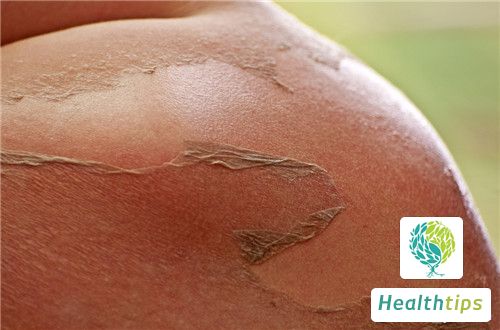What Should I Do If a Corner of My Tooth Breaks Off?
It is common to lose a corner of a tooth due to accidents in daily life. In such cases, it is recommended to promptly restore the missing part. Ideally, one should try to find the broken piece of the tooth and consult a dentist for inspection. If the missing piece cannot be found, other materials can be used for tooth restoration. Let's explore this aspect further.

Imported high-quality light-cured resin materials such as American 3M nano resin can be used for tooth restoration instead of immediately grinding down the tooth for porcelain veneers. Restoration should be the first option whenever possible. If the restoration is not secure, then porcelain veneers can be considered. Tooth restoration requires minimal grinding and is aesthetically pleasing, but it has the disadvantage of not being suitable for chewing hard foods. Similarly, porcelain veneers cannot chew hard foods, but they are relatively more secure and less likely to fall off. Generally, well-restored teeth with good materials can last for approximately 5 years, while the lifespan of porcelain veneers is around 10 years. The main drawback is the need for tooth grinding, which may lead to the need for false teeth in the future.
Removable dentures include partial and full dentures. They rely on remaining natural teeth, mucosa, and bone tissue under the base for support, and are fixed in place by the retainer and base. Artificial teeth are used to restore the shape and function of missing teeth, and patients can remove and replace them as needed.
Porcelain veneers, also known as porcelain fused to metal crowns, are an ideal restoration option. They can restore the shape and function of teeth, have strong resistance to bending, realistic color and appearance, smooth surface, strong abrasion resistance, no deformation, and stable color. Porcelain veneers have good fit and realistic color effects. They are generally classified into metal porcelain veneers and all-ceramic porcelain veneers. All-ceramic veneers mainly include computer-aided all-ceramic veneers, zirconia all-ceramic veneers, cast porcelain veneers, and ceramic veneers. Metal porcelain veneers are mainly divided into noble metal porcelain veneers, semi-noble metal porcelain veneers, and non-noble metal porcelain veneers.
Dental implants are a method of tooth restoration that relies on a lower structure implanted into the bone tissue to support and fix the upper dental prosthesis. Artificial materials such as metal and ceramics are used to create implants (usually resembling the shape of tooth roots), which are surgically implanted into the tissue (usually the upper and lower jaws) and securely supported by the bone tissue. Special devices and methods are used to connect and support the upper dental prosthesis. Dental implants can achieve restoration results that are highly similar to the function, structure, and aesthetics of natural teeth, and have become the preferred restoration method for an increasing number of patients with missing teeth.



















